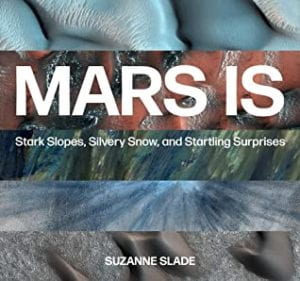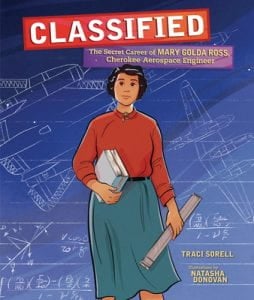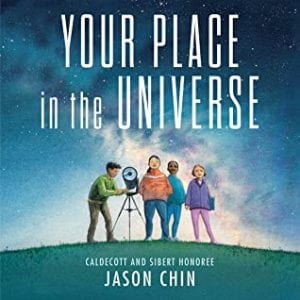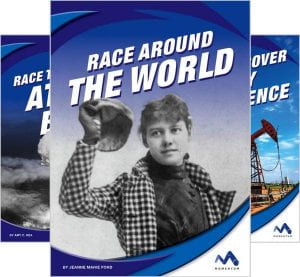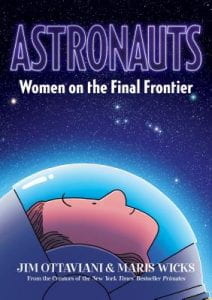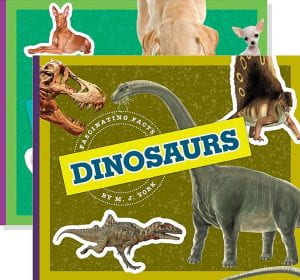 Fascinating Facts. The Child’s World, 2021. $19.95 ea. $239.40 set of 12. 24 p. Grades 2-5.
Fascinating Facts. The Child’s World, 2021. $19.95 ea. $239.40 set of 12. 24 p. Grades 2-5.
Kruesi, Liz. Inventions. 978-1503844698.
—. Space. 978-1503844636.
Lassieur, Allison. Natural Disasters. 978-1503844681.
—. Scary Stuff. 978-1503844704.
Pearson, Marie. Dogs. 978-1503844629.
Peterson, Sheryl. U.S. Presidents. 978-1503844599.
Smibert, Angie. Engineering. 978-1503844612.
—. Math. 978-1503844643.
York, M.J. Dinosaurs. 978-11503844667.
—. Earth. 978-1503844650.
—. History. 978-1503844605.
—. Human Body. 978-1503844674.
Did you know that Theodore Roosevelt had a photographic memory? Or that Chester Arthur was a clotheshorse who owned 80 pairs of shoes? These are just some of the presidential tidbits shared in the U.S. Presidents volume of the Fascinating Facts series. Each volume explores unusual and unique facts and stories on a given subject. Facts are grouped together by chapter (for example, the U.S. Presidents book chapters included “Life in the White House,” “First Families,” and “Strange but True Tales.”) The text is accompanied by numerous sidebars as well as photos on each page. A glossary as well as links to web resources are also included.
THOUGHTS: Perfect for aficionados of fact-style books, this series is a worthwhile additional purchase for elementary collections.
363.34-973.09 Science, Math, Animals, History Elizabeth Henry, Lampeter-Strasburg SD
The world is a mysterious place, filled with lots of unique and bizarre stories! This series focuses on some of the most odd stories of the world, including stories about the human body, space, natural disasters, and scary stuff. The Reviewer read Natural Disasters and Scary Stuff. Natural Disasters showcases some of the most iconic types of natural disasters, including earthquakes and tsunamis, volcanoes, tornadoes, and hurricanes. Each section of this book describes what the natural disaster is, in addition to presenting unique stories about each. Scary Stuff displays some of the most iconic scary items found throughout the world, such as vampires and werewolves! Scary Stuff shares some legends of these scary items, in addition to ways to prevent and/or save yourself from the monsters that go bump in the night.
THOUGHTS: This series is very well done. It includes a lot of information that is presented with colorful visuals and pictures, both photographs and illustrations.
363.34-973.09 Rachel Burkhouse, Otto-Eldred SD
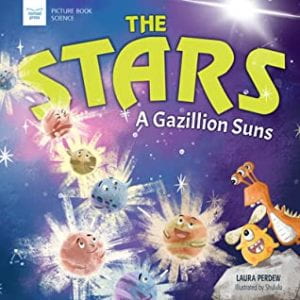 Perdew, Laura. The Stars: A Gazillion Suns (Picture Book Science). Nomad Press, 2021. 29 p. 978-1-619-30992-0. $9.95. Grades K-3.
Perdew, Laura. The Stars: A Gazillion Suns (Picture Book Science). Nomad Press, 2021. 29 p. 978-1-619-30992-0. $9.95. Grades K-3.
